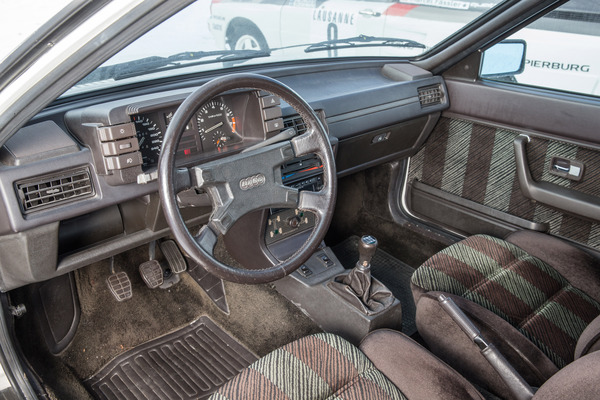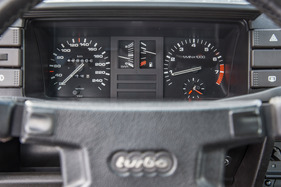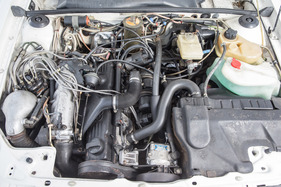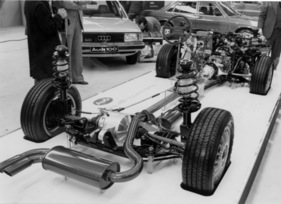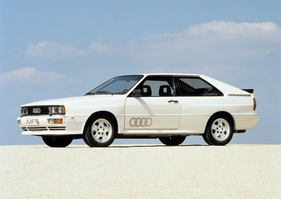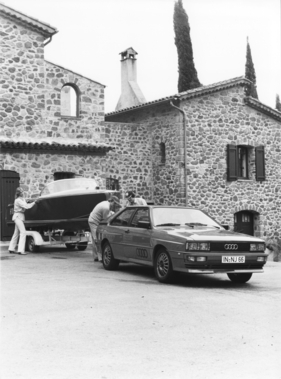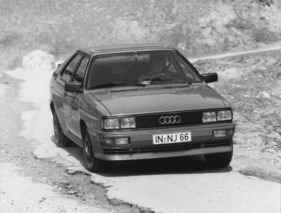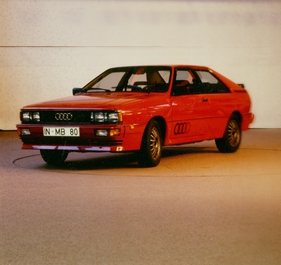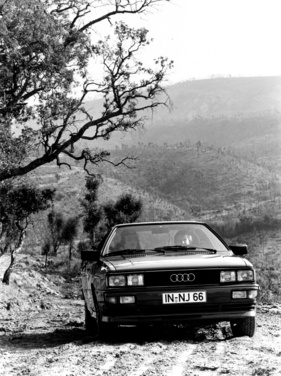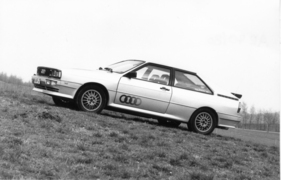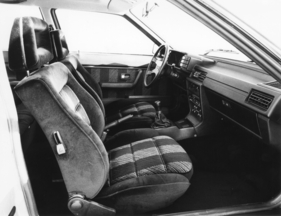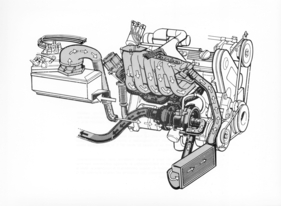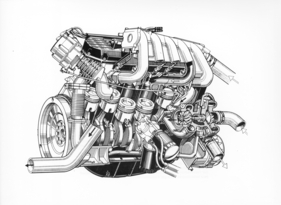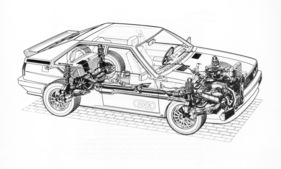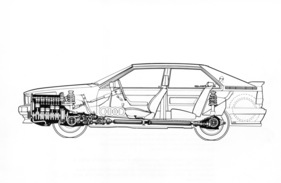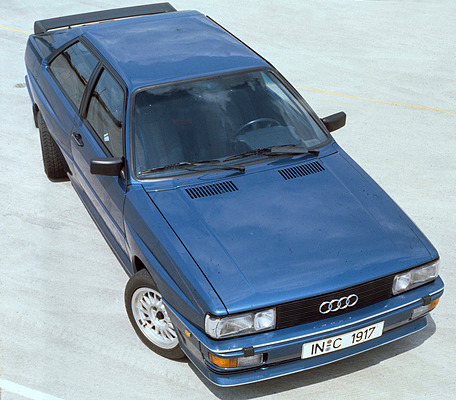Audi quattro - original version with maximum propulsion
Summary
From 1980 to 1991, Audi built the Urquattro, the first mass-produced passenger car with permanent all-wheel drive. The ideas of a few engineers gave rise to a trend that the car industry has been unable to escape to this day. This vehicle report traces the history of the five-cylinder 4x4 sports car and shows it in historical and current images.
This article contains the following chapters
- From Iltis to quattro
- The all-wheel drive sports car
- Comfort and sportiness
- Not a special offer
- Name disputes
- Successful Urquattro
- Further information
Estimated reading time: 6min
Preview (beginning of the article)
The Audi quattro was not the first four-wheel-drive sports car in 1980, as the Dutch built the Spyker with 4x4 drive as early as 1903. The quattro was also not the first mass-produced Gran Turismo with four-wheel drive, as the British were ahead in this respect with the Jensen FF, which could be purchased from 1966. But the Audi quattro can lay claim to having helped the four-wheel drive concept achieve a breakthrough in everyday passenger car use and in rally racing. This automotive milestone was not strategically planned, but came about almost by chance. In the mid-1970s, a certain Jörg Bensinger, head of chassis development, blew his colleagues away on winter test drives at Audi with a car that could be denied any sportiness, the VW Iltis. On slippery surfaces, none of the other test cars in Rovaniemi (Finland) could keep up. "You should have something like this in a really powerful passenger car," Bensinger thought to himself as he looked at the Iltis drivetrain.
Continue reading this article for free?
Photos of this article




















